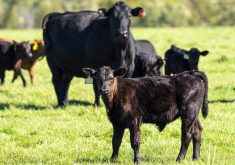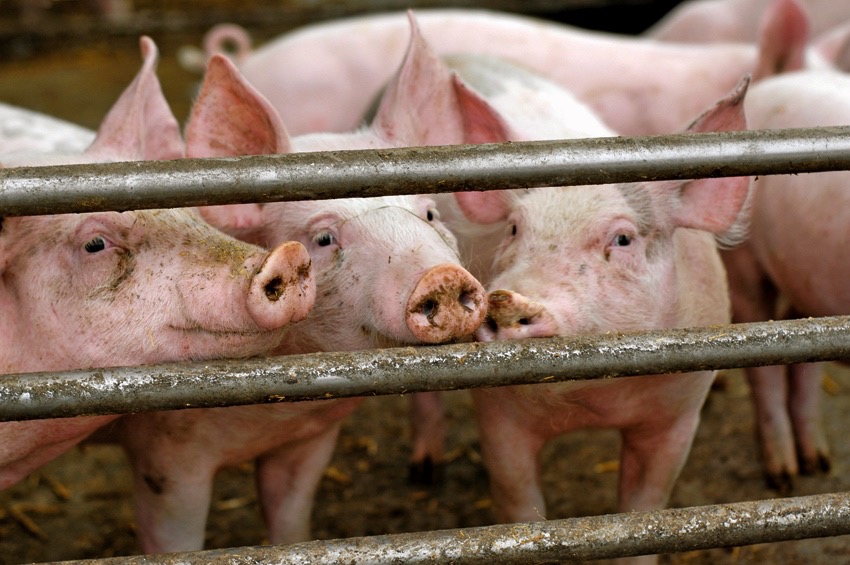If you see blisters around the mouth, hoof, or nose of your pigs, you need to call your veterinarian immediately.
Seneca Valley virus, which causes these blisters, is a swine disease that has recently become more prevalent in the U.S.
“Seneca Valley virus is a concern because you can’t distinguish it from the really scary reportable foreign animal diseases such as foot-and-mouth, without doing lab testing,” provincial veterinary epidemiologist Julia Keenliside said during Alberta Pork’s monthly pork town hall.
“Just by looking at the animal, you can’t tell what virus caused those blisters. If you see blisters, call your vet right away and get it checked out.”
About 70 premises in the U.S. were affected by the virus in 2015. Although it is not reportable, it does not seem to be spreading rapidly and there are no cases in Canada. However, the disease, which affects pigs, cows and mice, has been found here in the past. In November, pigs that had come from Ontario and Manitoba and crossed into the U.S. were found to have the virus. No symptoms or positive tests were found at the Canadian farms of origin.
Read Also

Horns aren’t unlocking anytime soon on livestock transport standards
Standards good enough meet the definition of “humane” animal transportation still vary widely between what what industry wants, what animal rights advocates want and, between the two, what federal regulators decide is good enough.
“We want to send out the word to producers and people in the industry, especially those who transport pigs, to be on the lookout for blisters because it can be a very serious issue if we do have a serious animal disease,” said Keenliside. “It’s really important that we get everything looked at by a veterinarian, tested by CFIA and confirm that it is not a foreign animal disease and that it is in fact Seneca Valley.”
Although not as severe as porcine epidemic diarrhea, the virus can cause increased mortality in piglets under seven days of age. The blisters only appear for a day or so, before rupturing. This causes sores near a pig’s nose and mouth or on their tongue. Sows and gilts may develop a fever and be off feed.
In growing or slaughter pigs, the animals will develop lameness because of painful blisters where the hoof attaches to the foot, so producers should watch out for acute, sudden lameness in a whole group of pigs.
“The good news is that it does seem to resolve very quickly and there’s not a lot of mortality,” said Keenliside.
Pigs with blisters should not be moved and should not be taken to slaughter. Other reportable diseases that cause blisters in swine are swine vesicular disease, vesicular stomatitis and swine vesicular exanthema.
Foot-and-mouth is currently not in North America but if there was a case, it would cause an immediate border closure and a cessation of trade.
“It would be quite a disaster for our pig industry, and possibly other industries such as the cattle industry,” said Keenliside.
It is not known how the virus is transmitted. To see a slide show about the disease and what it looks like, go to www.nationalhogfarmer.com and search for ‘seneca facts.’

















